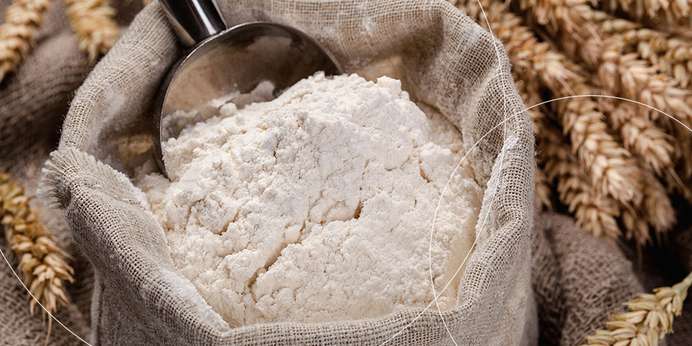Know What Type of Flour You’re Working With
There are dozens of types of flour, and when measuring color, it's important to note the differences so you're only measuring color against those flours with the same ingredients. Some of the most popular types of flour are:
- All-purpose: All-purpose flour is the most common flour. Any recipes that do not call for another specific type of flour are usually referring to this. It's ideal for both sweet and savory applications, including cakes, breading, pastries, and gravy, and has had most of the wheat grain removed, delivering a soft, consistent blend.
- Self-rising: Self-rising flour has additives like salt and baking soda in it. It should only be used when a recipe specifically calls for it, and it serves in place of yeast in confections like muffins and pancakes.
- Whole wheat: Whole wheat flour is milled with every part of a wheat kernel, resulting in a denser and more nutrient-rich flour. It is usually combined with other flours to even it out and deliver an excellent result in crackers, rolls, pizza dough, and cookies.
Many food-specific flours, like bread flour, pastry flour, and type 00 flour have their own color properties as well.
Understand the Difference Between Bleached and Unbleached Flour
Time is another factor to watch closely in flour coloration. As flour ages, it naturally “bleaches,” or becomes whiter and lighter. All types of flour can be manually bleached or bleached naturally, and discerning consumers can see the difference in color and taste the added lightening agents in bleached varieties.
Understand that, due to this natural coloration change, even accurately measured flour colors may change over time, resulting in your buyers seeing a different outcome than you did during testing.
Aged Flour May Look Different
While flour does naturally get closer to that pure white color many people expect to see in flour, this pantry staple can go bad, regardless of color. As your flour ages, keep an eye out for these signs that it has expired instead of aged:
- A sour, rubbery smell
- Excessive moisture and clumping, especially in an airtight container
- The presence of weevils, or flour beetles


